Avec son rival le Lambretta, le scooter Vespa fabriqué par Piaggio mobilise toute une génération d'Italiens dans les années d'immédiat après-guerre : le jusque-là modeste engin va en effet entrer de plain-pied dans la culture de la jeunesse des années 1960, dont il devient le moyen de transport favori et en vogue. A la fin des hostilités en 1945, de nombreuses entreprises jusque-là mobilisées par l'effort de guerre cherchent des alternatives pour retrouver une activité. Piaggio en fait partie. Ayant reçu l'interdiction par les Alliés de reprendre la construction aéronautique, Enrico Piaggio demande au designer Corradino d'Ascanio de concevoir un scooter, pour lequel il pense qu'un marché potentiel existe, particulièrement chez la clientèle féminine. L'expérience d'Ascanio dans le domaine de l'aviation lui donne un connaissance particulière des structures à "revêtement travaillant", qu'il exploite pour mettre au point le châssis monocoque du Vespa, une conception révolutionnaire à l'époque. On dit que le nom "Vespa" (guêpe) a été inspiré par le son bourdonnant produit par le moteur monocylindres deux-temps. Après son lancement en 1946, des millions de Vespa vont être produits en de multiples versions. Et pourtant tous les Vespa conservent un air de famille avec le premier modèle, fabriqué il y a soixante ans. Un classique ? Oui, de toute évidence. Ce scooter est un exemplaire de la version 150 cm3 (très exactement 145,45 cm3), une cylindrée très répandue proposée à partir de 1954. Il comporte le phare monté sur le guidon, qui a déjà rencontré un bon accueil l'année précédente sur la version 125 Utilitaria. Complètement d'origine et décrit comme fonctionnant bien, il est accompagné d'un autocollant original "In roddagio" (en rodage) ainsi que d'anciennes plaques d'immatriculation "Torino" et un "libretto" italien. Along with the rival Lambretta, the Piaggio-built Vespa mobilised an entire generation of Italians in the immediate post-war years, the hitherto humble scooter going on to become part of youth culture in the 1960s as favourite transport of the fashion conscious. The end of hostilities in 1945 had left a number of companies that hitherto relied on military contracts looking for alternatives, Piaggio among them. Forbidden by the Allies from resuming his aviation business, Enrico Piaggio instructed his chief designer Corradino d’Ascanio to design a scooter, for which he believed a potential market existed, particularly among women. d’Ascanio’s aviation background meant that he was well versed in techniques of stressed-skin construction, and these were deployed in creating the Vespa’s monocoque chassis, a revolutionary development at the time. The name ‘Vespa’ (wasp) is said to have been inspired by the buzzing sound made by its single-cylinder two-stroke engine. Since its introduction in 1946, millions have been made and countless different versions come and gone, yet the Vespa of today remains recognisably related to the first one made 60 years ago. Classic? Most definitely. This machine is an example of the nominally 150cc (actually 145.45cc) Vespa, a popular capacity first offered in 1954 that followed the 125 Utilitario model’s lead by having the headlamp mounted on the handlebars. Totally original and said to run well, it boasts an original ‘In roddagio’ (running in) sticker and comes with old Torino plates and Italian libretto.
Avec son rival le Lambretta, le scooter Vespa fabriqué par Piaggio mobilise toute une génération d'Italiens dans les années d'immédiat après-guerre : le jusque-là modeste engin va en effet entrer de plain-pied dans la culture de la jeunesse des années 1960, dont il devient le moyen de transport favori et en vogue. A la fin des hostilités en 1945, de nombreuses entreprises jusque-là mobilisées par l'effort de guerre cherchent des alternatives pour retrouver une activité. Piaggio en fait partie. Ayant reçu l'interdiction par les Alliés de reprendre la construction aéronautique, Enrico Piaggio demande au designer Corradino d'Ascanio de concevoir un scooter, pour lequel il pense qu'un marché potentiel existe, particulièrement chez la clientèle féminine. L'expérience d'Ascanio dans le domaine de l'aviation lui donne un connaissance particulière des structures à "revêtement travaillant", qu'il exploite pour mettre au point le châssis monocoque du Vespa, une conception révolutionnaire à l'époque. On dit que le nom "Vespa" (guêpe) a été inspiré par le son bourdonnant produit par le moteur monocylindres deux-temps. Après son lancement en 1946, des millions de Vespa vont être produits en de multiples versions. Et pourtant tous les Vespa conservent un air de famille avec le premier modèle, fabriqué il y a soixante ans. Un classique ? Oui, de toute évidence. Ce scooter est un exemplaire de la version 150 cm3 (très exactement 145,45 cm3), une cylindrée très répandue proposée à partir de 1954. Il comporte le phare monté sur le guidon, qui a déjà rencontré un bon accueil l'année précédente sur la version 125 Utilitaria. Complètement d'origine et décrit comme fonctionnant bien, il est accompagné d'un autocollant original "In roddagio" (en rodage) ainsi que d'anciennes plaques d'immatriculation "Torino" et un "libretto" italien. Along with the rival Lambretta, the Piaggio-built Vespa mobilised an entire generation of Italians in the immediate post-war years, the hitherto humble scooter going on to become part of youth culture in the 1960s as favourite transport of the fashion conscious. The end of hostilities in 1945 had left a number of companies that hitherto relied on military contracts looking for alternatives, Piaggio among them. Forbidden by the Allies from resuming his aviation business, Enrico Piaggio instructed his chief designer Corradino d’Ascanio to design a scooter, for which he believed a potential market existed, particularly among women. d’Ascanio’s aviation background meant that he was well versed in techniques of stressed-skin construction, and these were deployed in creating the Vespa’s monocoque chassis, a revolutionary development at the time. The name ‘Vespa’ (wasp) is said to have been inspired by the buzzing sound made by its single-cylinder two-stroke engine. Since its introduction in 1946, millions have been made and countless different versions come and gone, yet the Vespa of today remains recognisably related to the first one made 60 years ago. Classic? Most definitely. This machine is an example of the nominally 150cc (actually 145.45cc) Vespa, a popular capacity first offered in 1954 that followed the 125 Utilitario model’s lead by having the headlamp mounted on the handlebars. Totally original and said to run well, it boasts an original ‘In roddagio’ (running in) sticker and comes with old Torino plates and Italian libretto.
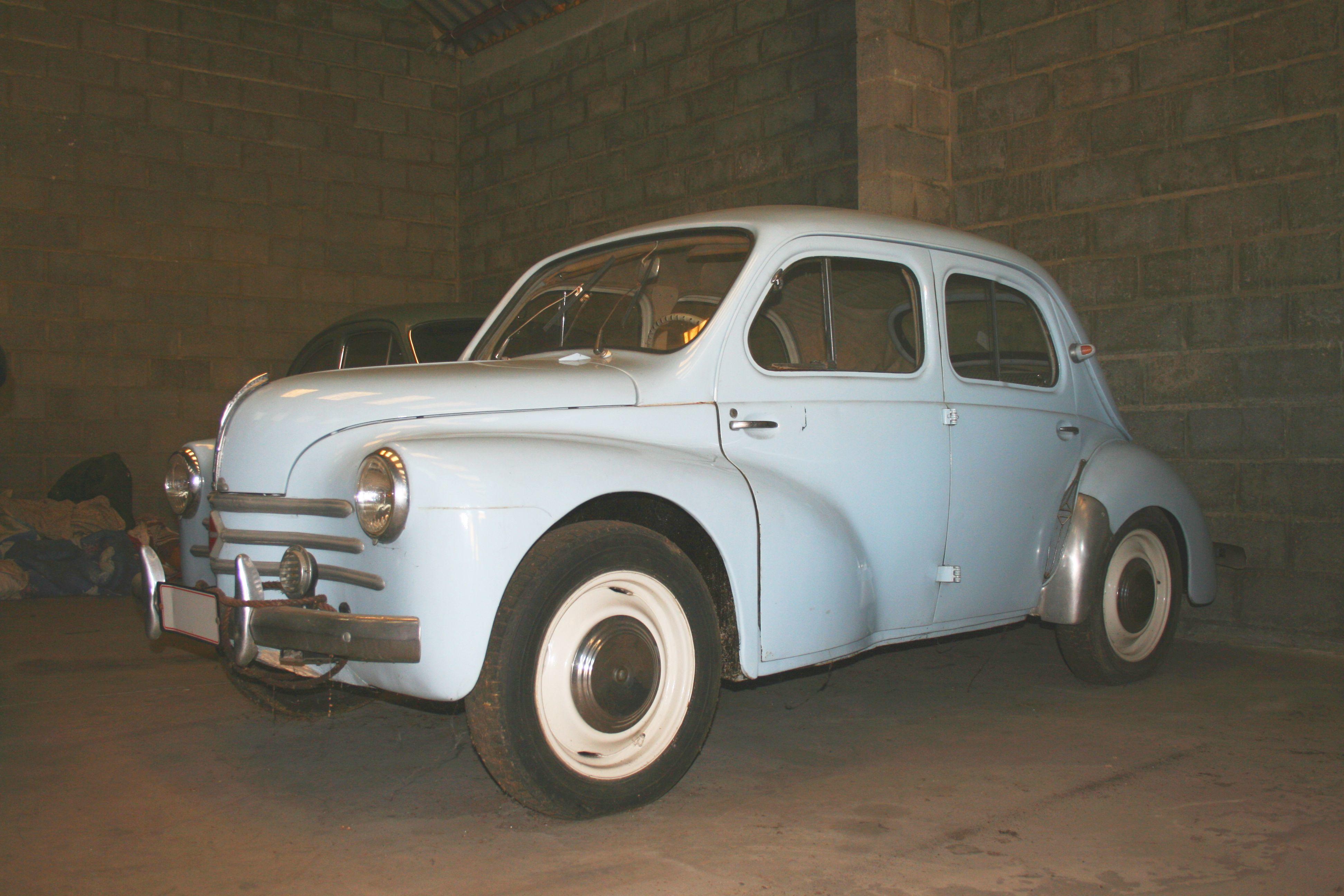
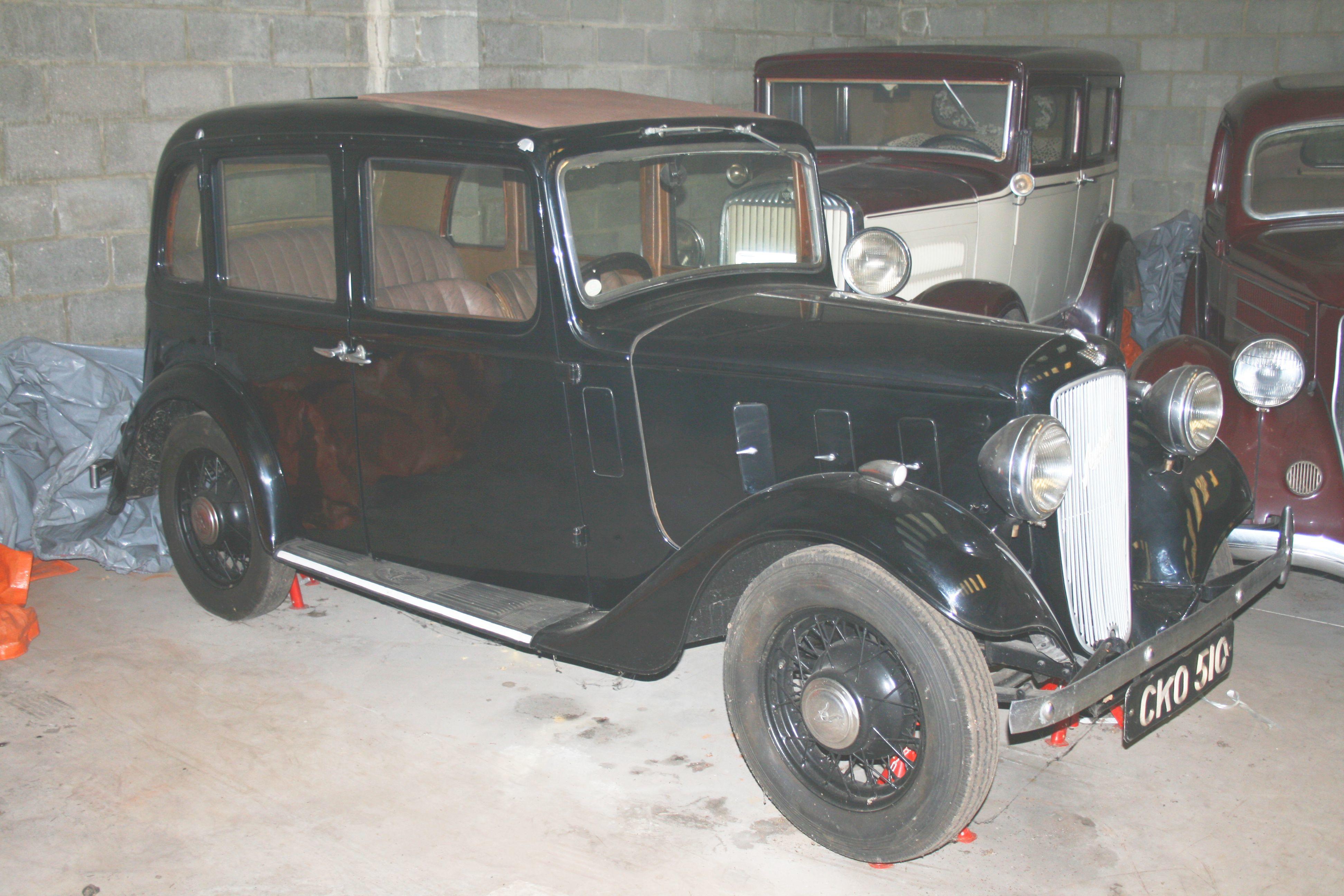
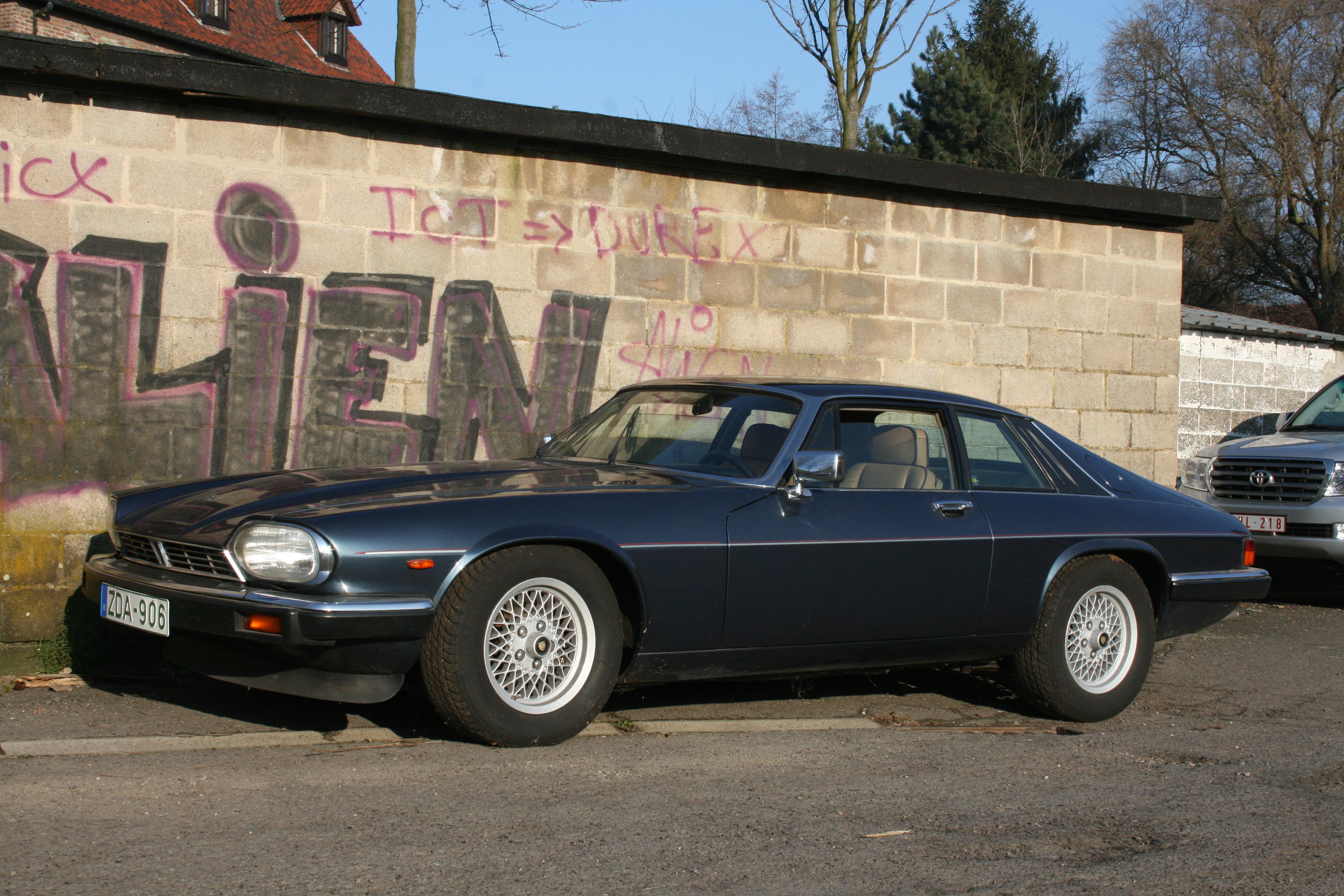

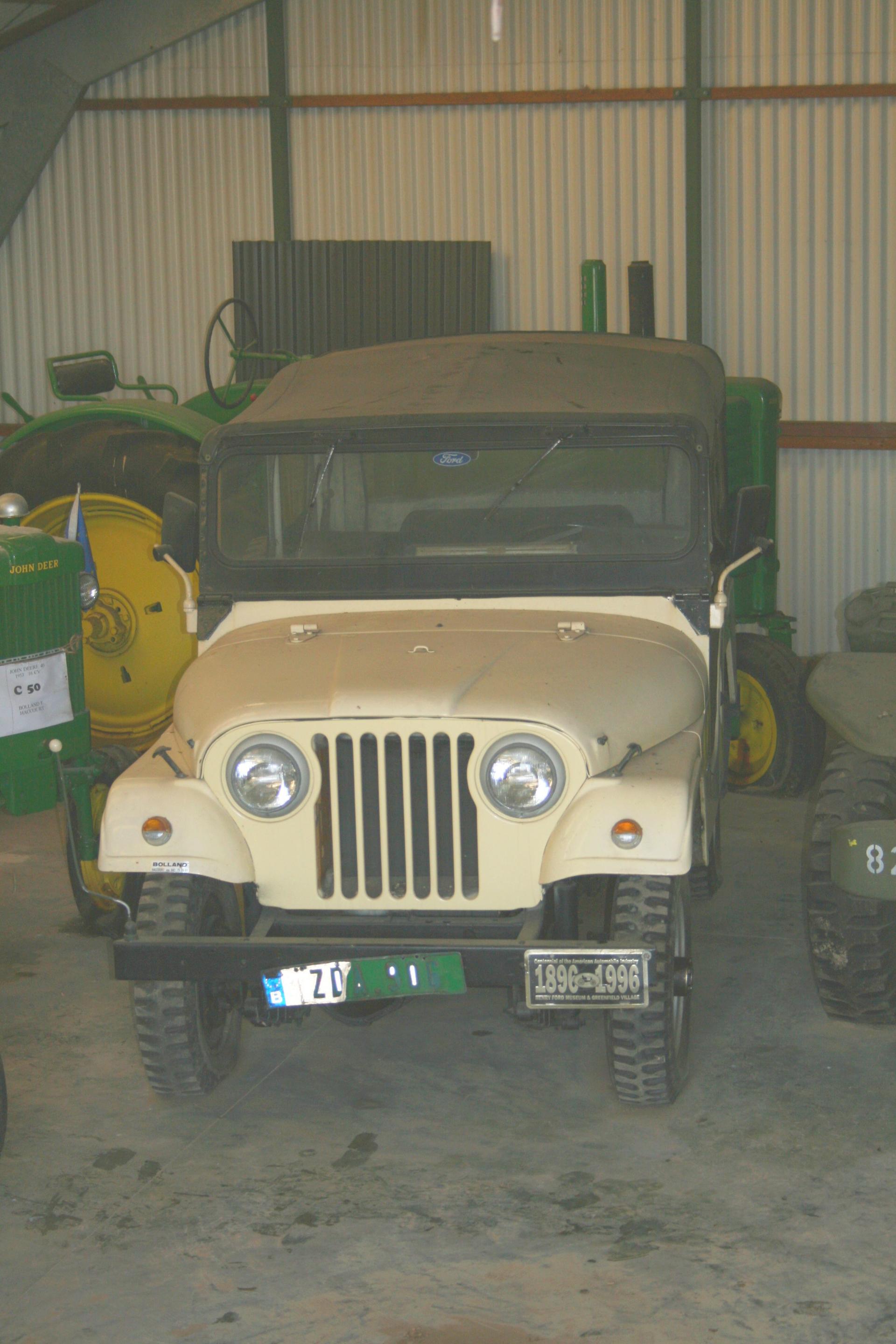
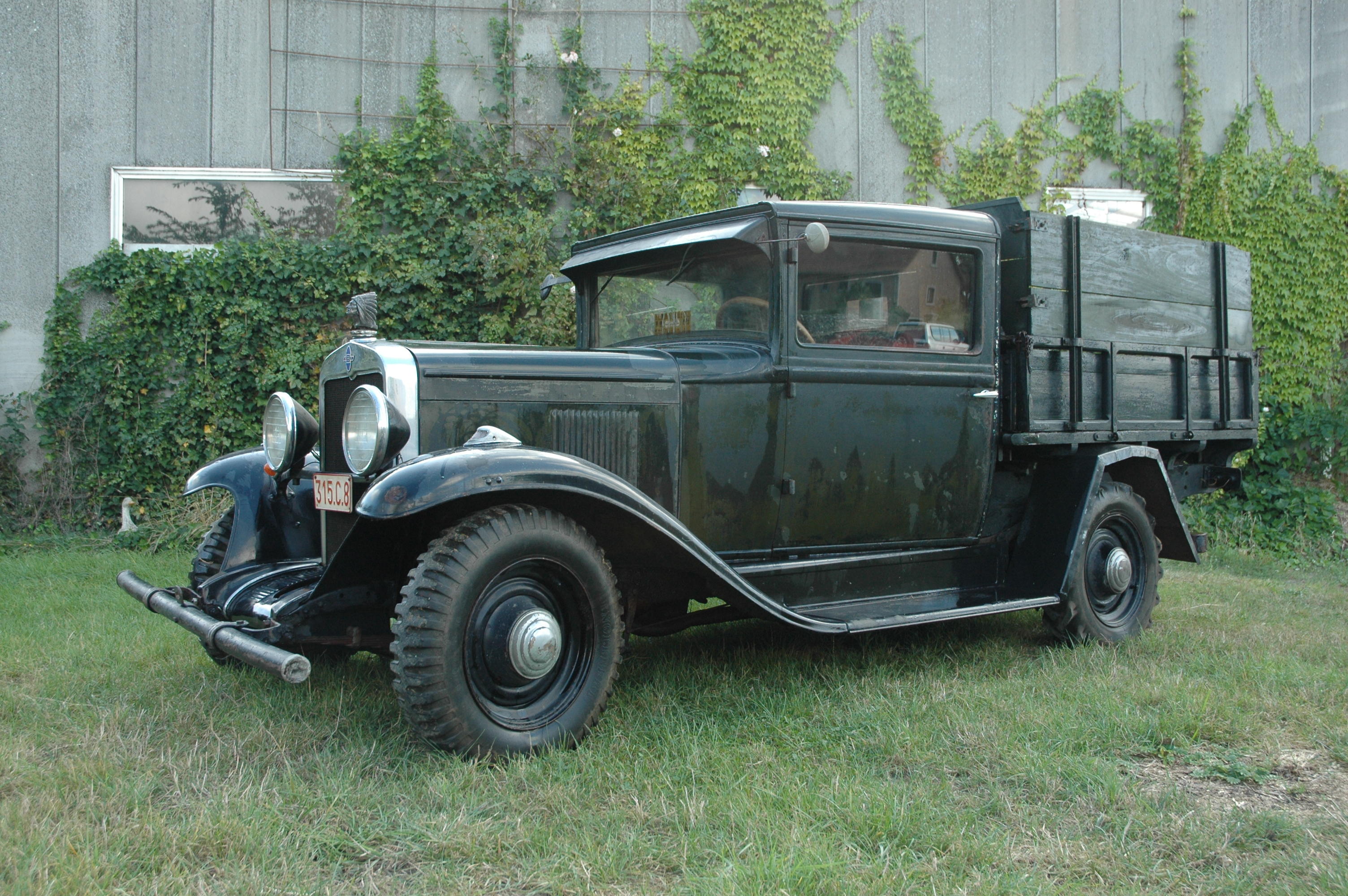
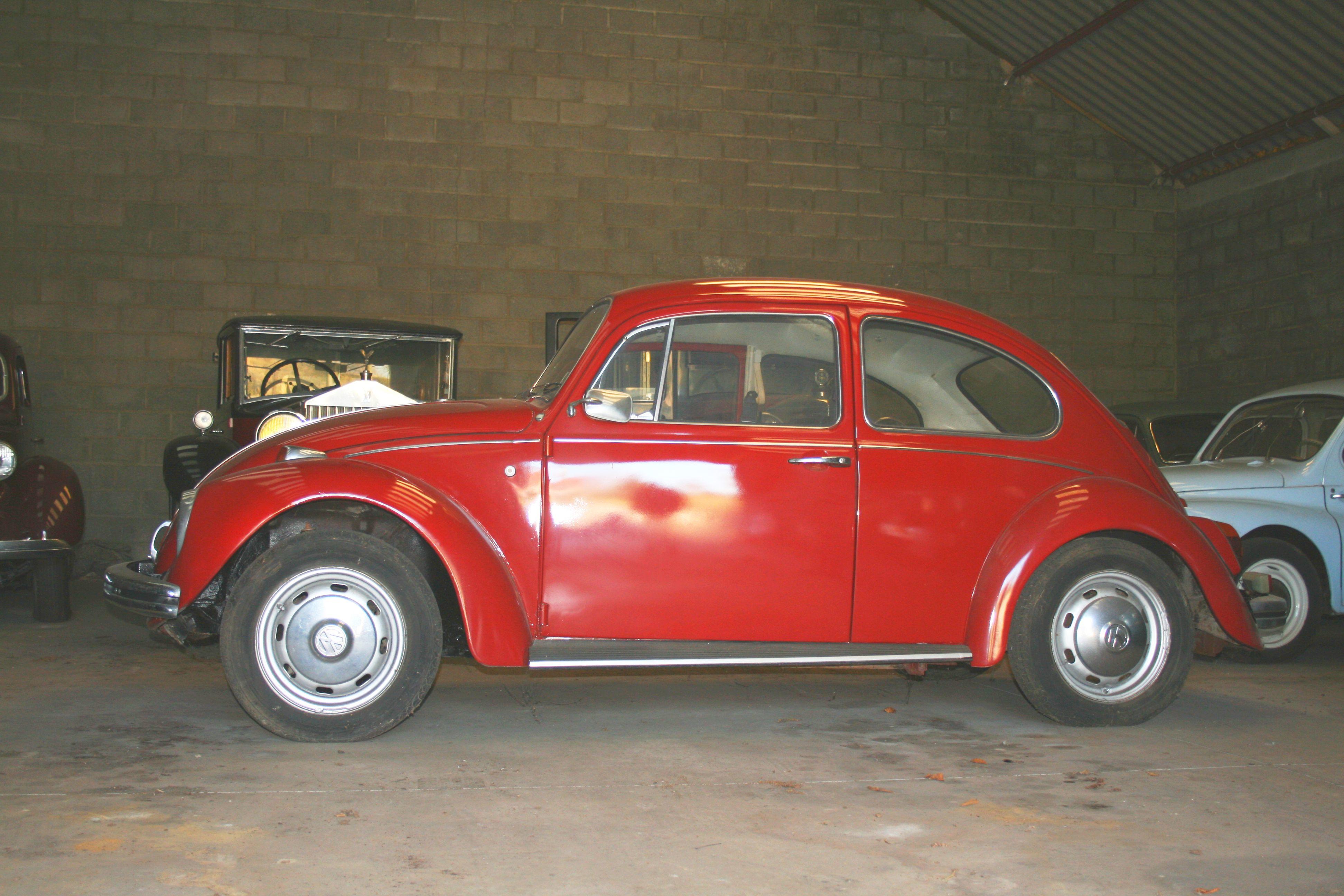
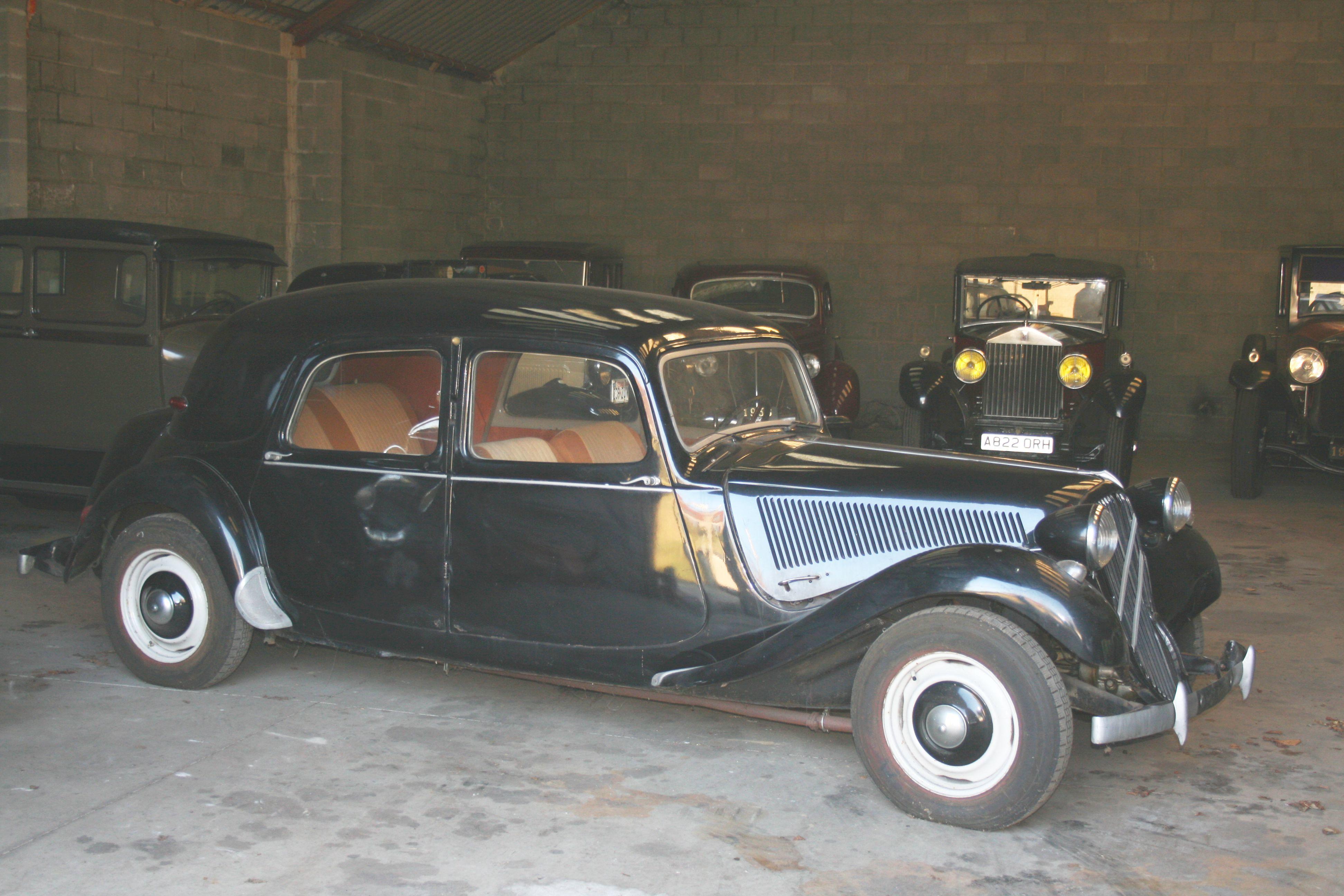
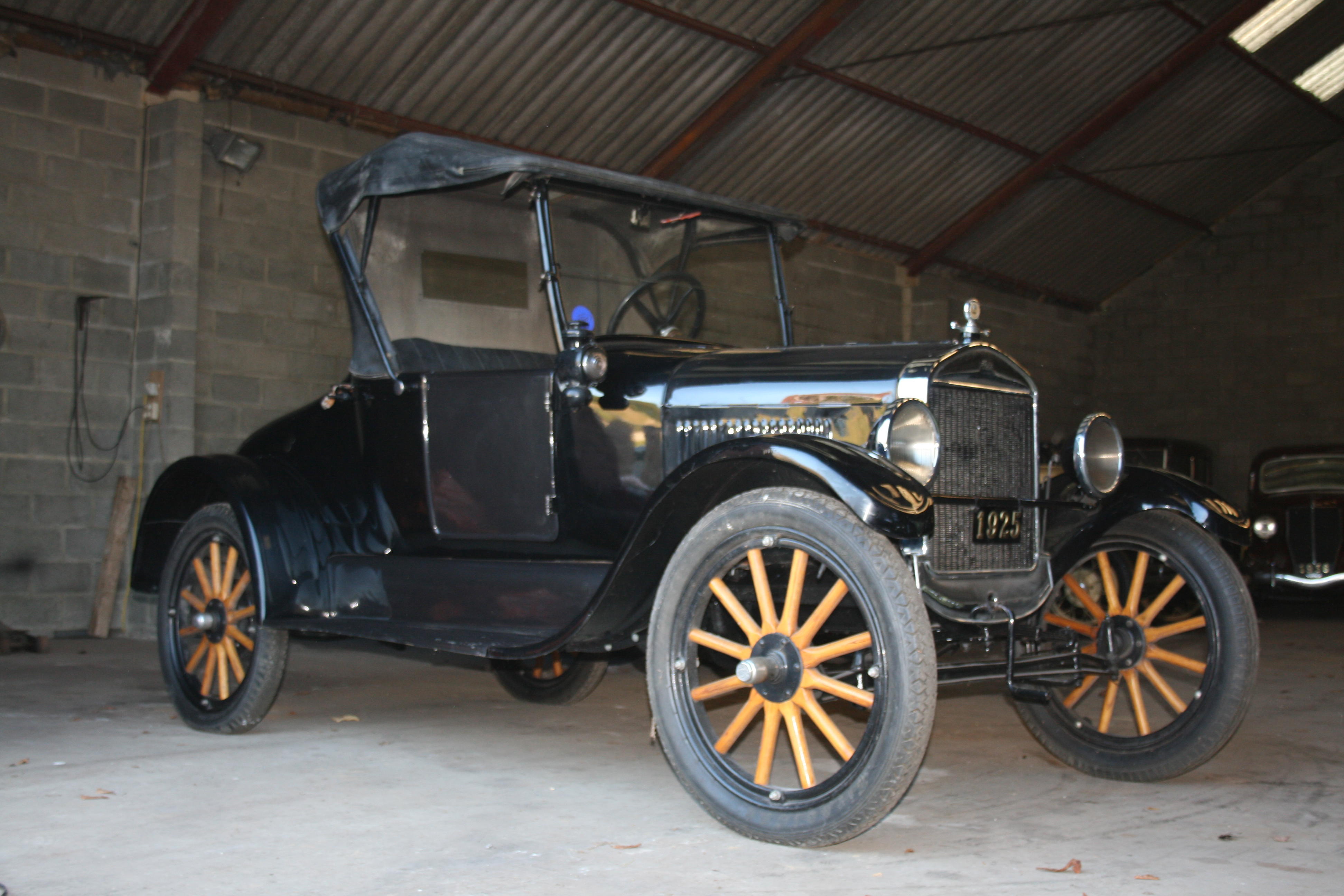
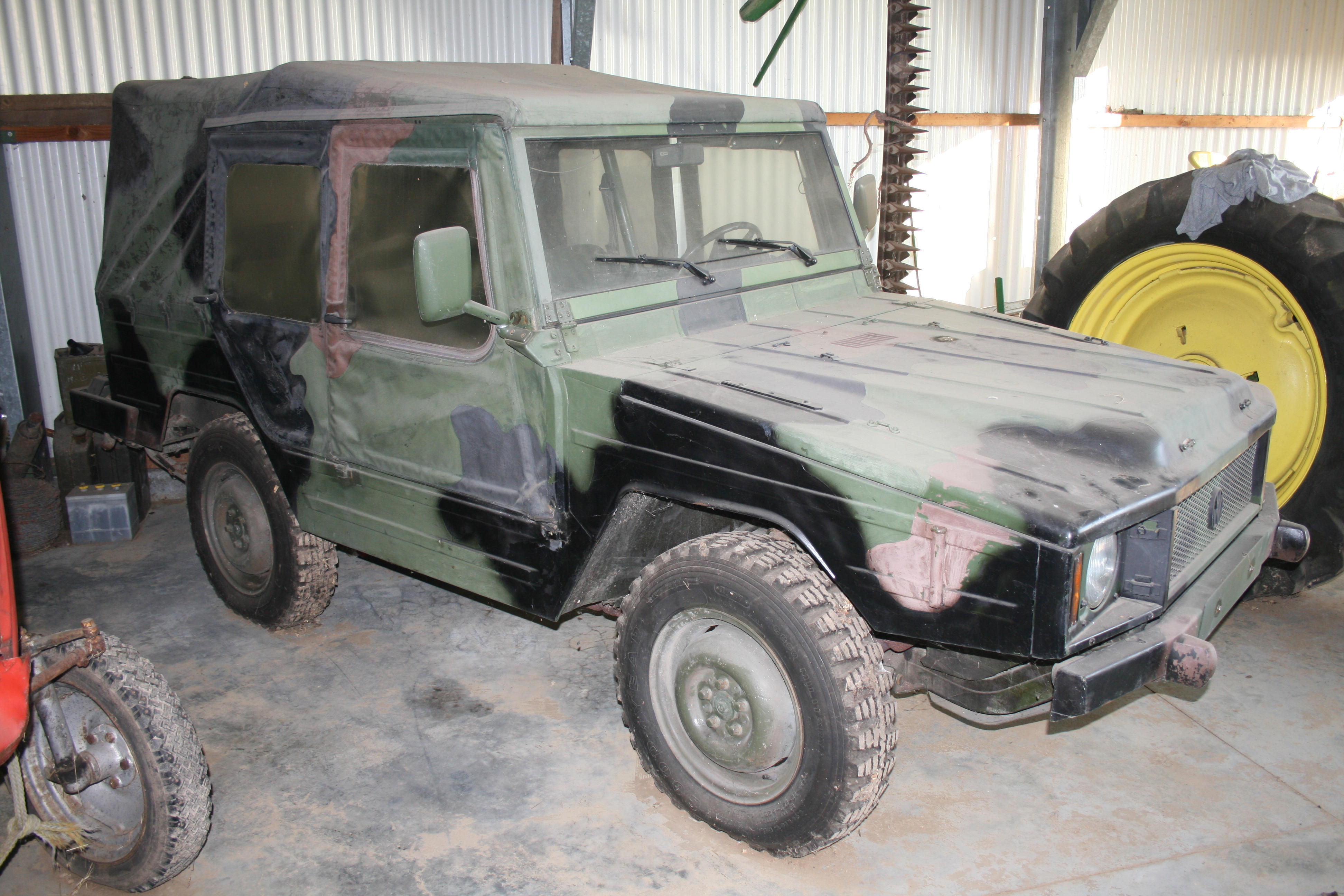
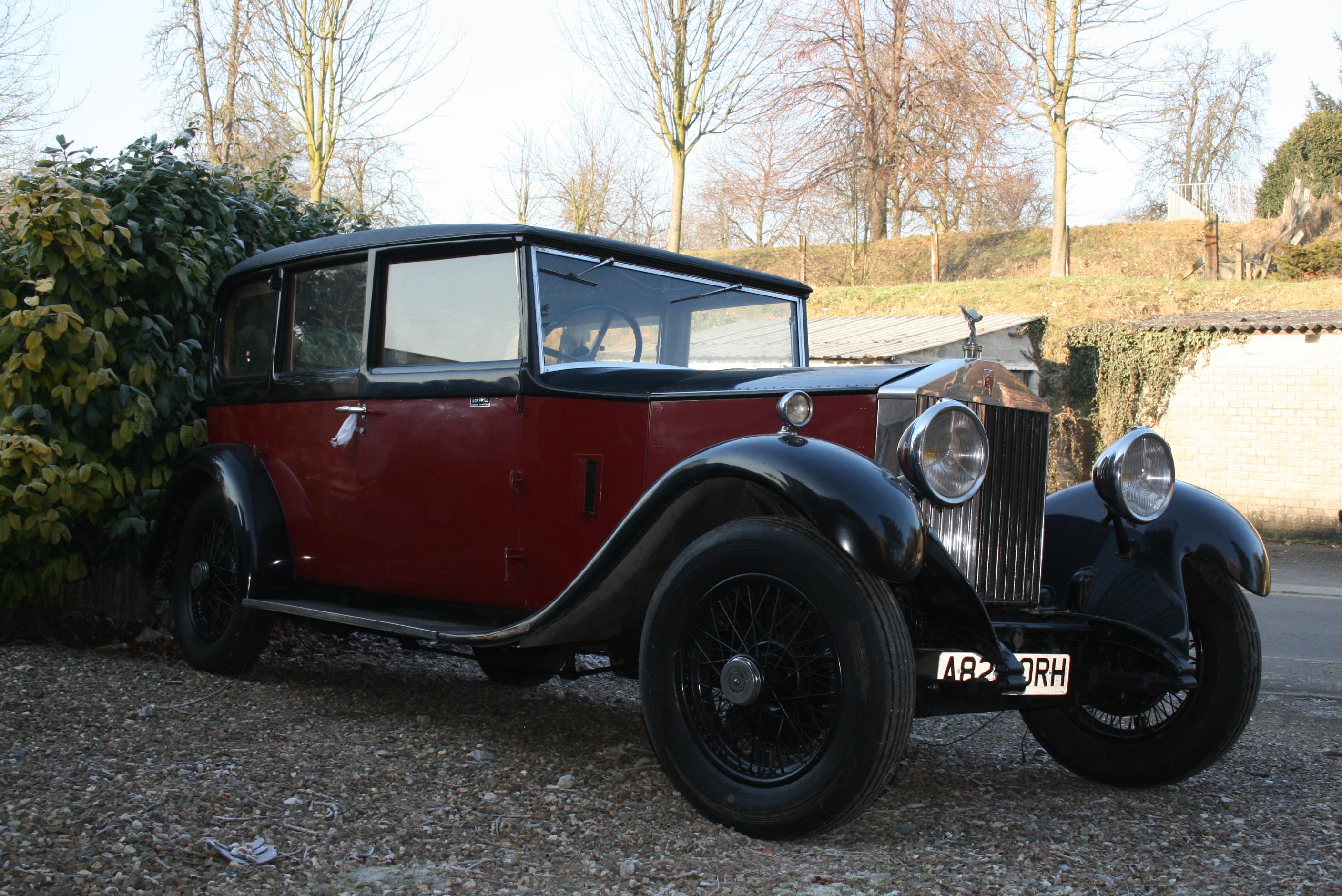
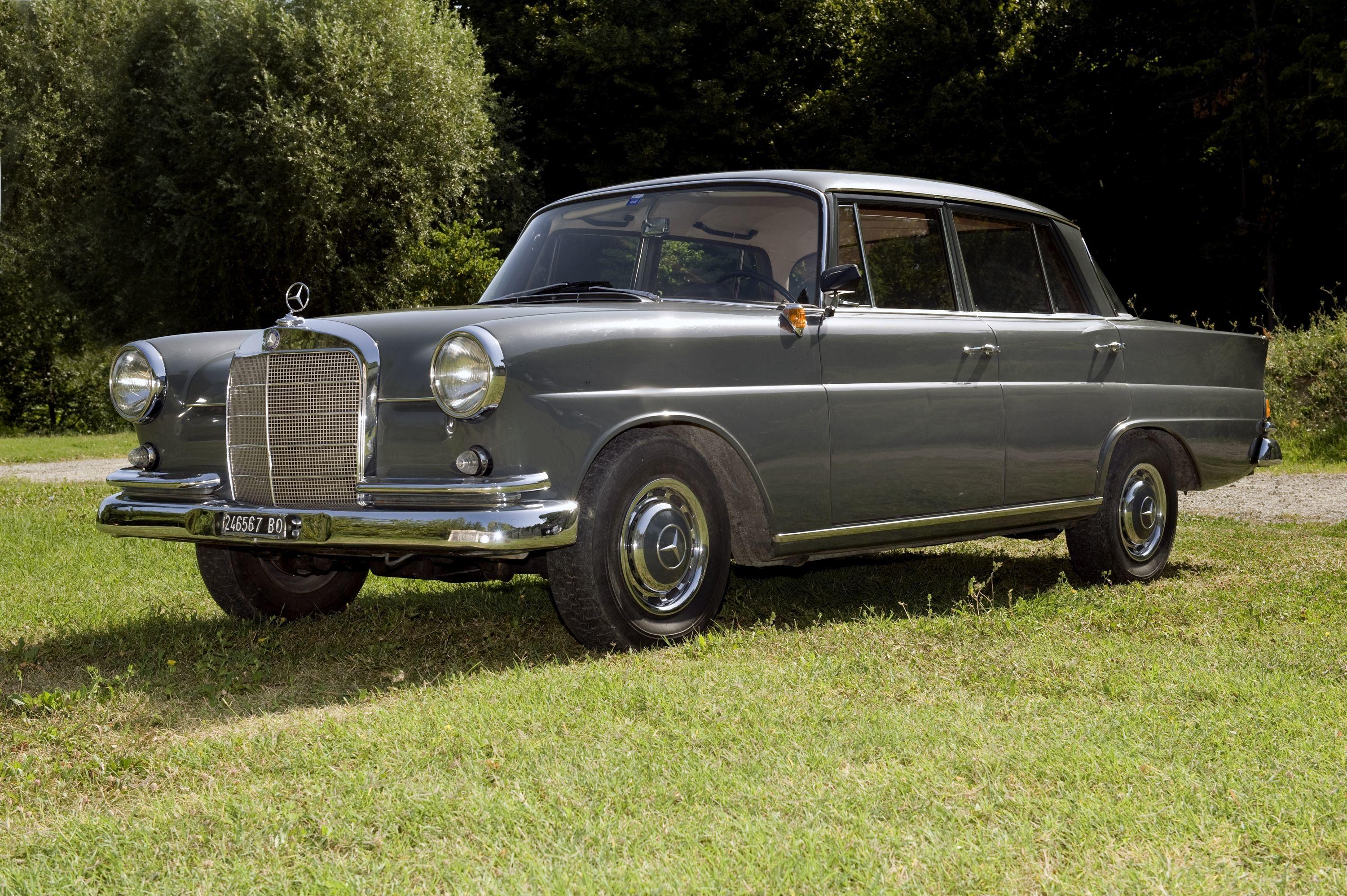


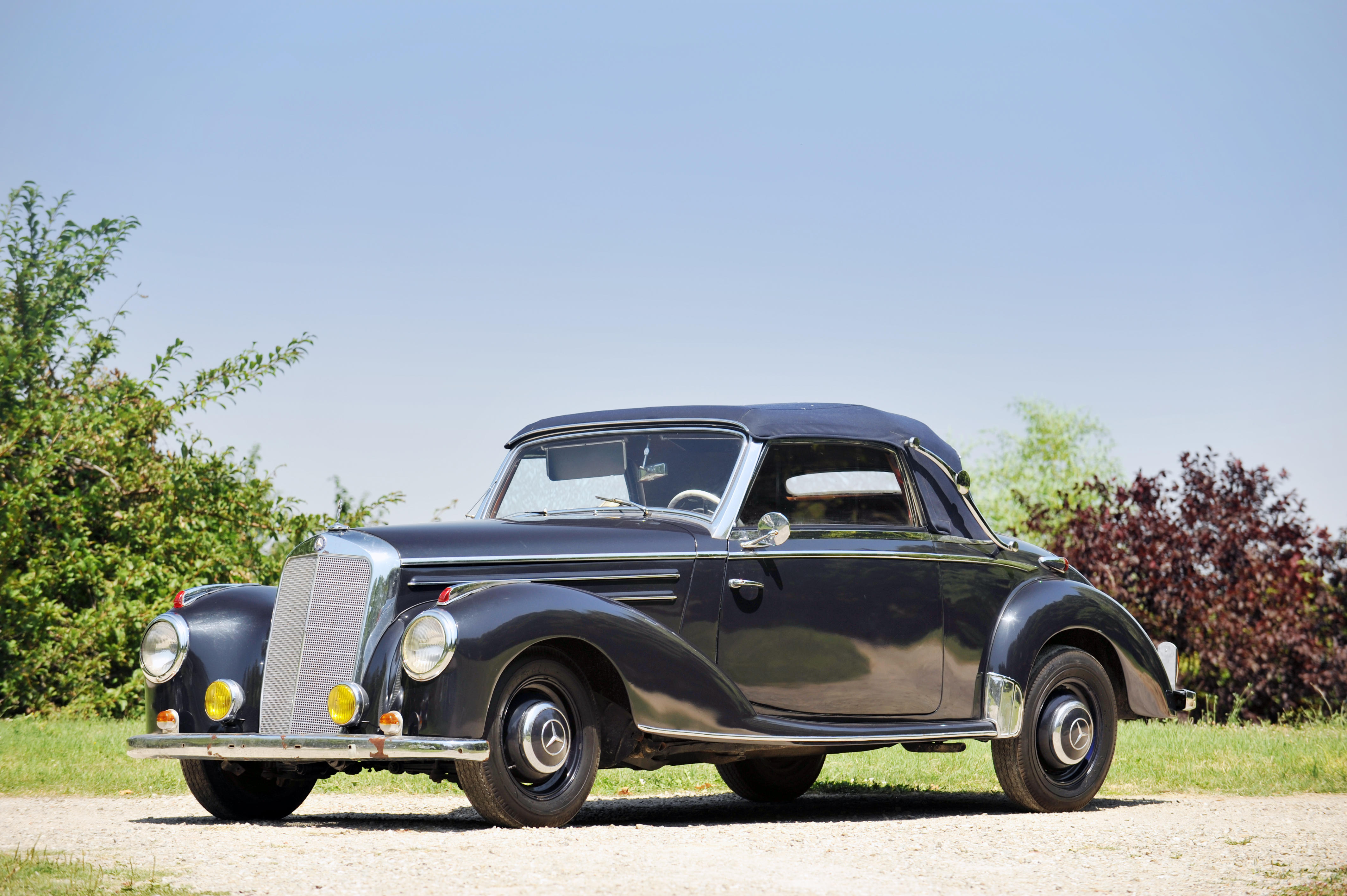
Try LotSearch and its premium features for 7 days - without any costs!
Be notified automatically about new items in upcoming auctions.
Create an alert